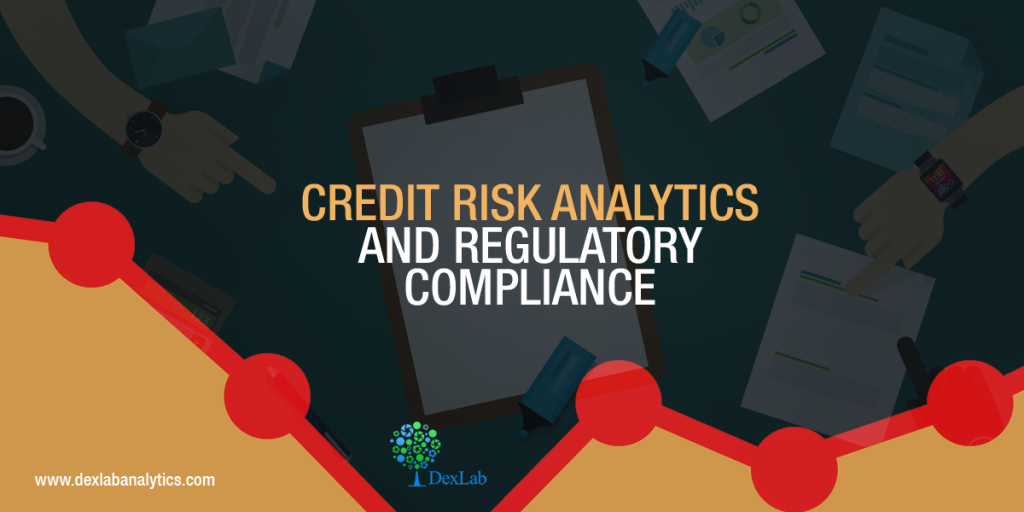A valuation store, built up and kept up by charges against the bank’s working salary, is what we know by The Allowances for Loans and Lease Losses (ALLL). As an assessment measure, it is an evaluation of invalid sums that is utilized to decrease the book estimation of credits and rents to the sum that is relied upon to be gathered. The ALLL frames a piece of Capital of Tier-2; henceforth it is kept up to cover misfortunes that are plausible and admirable at the time of assessment. It does not work as a support against all conceivable future misfortunes; that assurance is given by the Capital of Tier 1. For building up and keeping up a satisfactory payment, a bank ought to:
Continue reading “Facts about Remittances for Credits and Rent Losses – Part 1”


